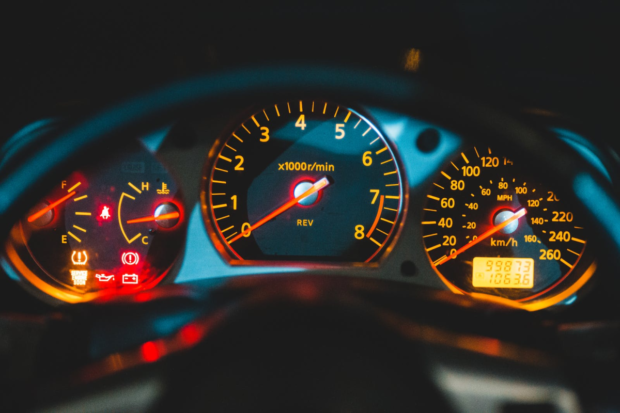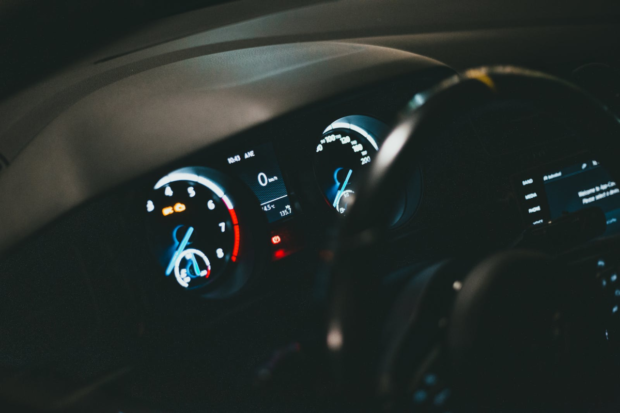What Do All The Signs Your Car’s Dashboard Mean?
Your car’s dashboard is like a communication center that provides vital information about your vehicle’s performance and alerts you to any potential issues. However, with so many different symbols and signs on the dashboard, it can be overwhelming to decipher their meanings. Understanding these signs is crucial for maintaining your vehicle’s health and ensuring a safe driving experience. In this article, we will explore some of the most common dashboard signs and their significance.

1. Check Engine Light
The check engine light is perhaps one of the most notorious dashboard signs. When it illuminates, it indicates that there is a problem with your vehicle’s engine or emissions system. However, in some instances, the check engine light may come on without any accompanying error codes. This can be perplexing for car owners, as there are no specific codes to indicate the issue. In such cases, it is recommended to have your vehicle inspected by a qualified mechanic who can diagnose the engine light issue with no codes and determine the underlying cause for an accurate resolution. They will perform a thorough examination of the engine components and use specialized diagnostic tools to identify the underlying problem.
2. Oil Pressure Warning
The oil pressure warning light resembles an oil can and indicates a drop in oil pressure within the engine. Low oil pressure can be caused by various factors, such as insufficient oil levels, a faulty oil pump, or a clogged oil filter. When this warning light illuminates, it is crucial to address the issue promptly. Insufficient oil pressure can lead to engine damage and potential failure if left unattended. Stop the vehicle in a safe location, check the oil levels, and consult a professional if necessary.
3. Battery Warning
The battery warning light, usually in the shape of a battery, indicates an issue with your vehicle’s charging system. It could mean that the battery is not being charged properly, there is a fault with the alternator, or there is a problem with the electrical connections. A weak or faulty battery can result in difficulty starting the vehicle or even a complete breakdown. If the battery warning light appears, it is advisable to have your battery and charging system inspected by a qualified technician to determine the cause of the issue and ensure a reliable electrical system. The battery warning light should not be ignored as it could indicate a serious issue that requires immediate attention to prevent further damage to your vehicle’s electrical system.
4. Tire Pressure Monitoring System (TPMS) Warning
The TPMS warning light, represented by an exclamation point inside a horseshoe-shaped symbol, alerts you to low tire pressure in one or more of your vehicle’s tires. Underinflated tires can negatively impact handling, fuel efficiency, and tire longevity, while overinflated tires can lead to poor traction and an increased risk of a blowout. If the TPMS light illuminates, check your tire pressures as soon as possible and adjust them to the recommended levels. Regularly monitoring and maintaining proper tire pressure will not only enhance safety but also optimize your vehicle’s performance and fuel economy.

5. ABS Warning
The ABS (Antilock Brake System) warning light indicates a problem with your vehicle’s ABS system. The ABS system helps prevent the wheels from locking up during braking, ensuring better control and stability. If the ABS warning light remains illuminated, it signifies a malfunction in the system. While your vehicle’s standard braking system will still work, it is recommended to have the ABS system inspected and repaired by a qualified technician to restore its functionality.
6. Coolant Temperature Warning
The coolant temperature warning light, usually in the form of a thermometer submerged in water, indicates that the engine’s temperature is above the normal operating range. High engine temperatures can result from a variety of issues, such as a malfunctioning thermostat, a coolant leak, or a faulty radiator fan. It is essential to address this issue promptly to prevent overheating, which can cause severe engine damage. If the coolant temperature warning light turns on, pull over to a safe location, allow the engine to cool down, and check the coolant levels. If necessary, consult a professional to diagnose and resolve the underlying problem.
Understanding the signs on your car’s dashboard is crucial for maintaining your vehicle’s performance, identifying potential issues, and ensuring a safe driving experience. While this article covers some common dashboard signs, it is important to consult your vehicle’s owner’s manual for specific information related to your car’s make and model. Regular vehicle maintenance, including scheduled inspections and servicing, will also help prevent dashboard warning lights from appearing and ensure your car’s longevity and reliability on the road.
